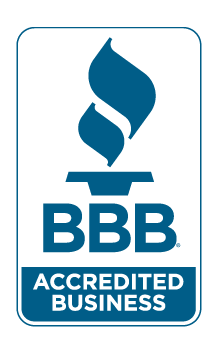More and more insurance carriers are offering Living Benefits built in to their products where an insured can accelerate a portion of their life insurance benefit. Some carriers make it part of their term products while others its part of their whole life portfolio. While working the mortgage protection market these features can be a great selling tool for most any age group.
Almost everyone 30 years and older has either personally experienced or is close to someone who has experienced a family member going through a chronic or critical illness. Understanding exactly what is defined by each will help you close the sale by driving the need.
Chronic illness is defined as: A licensed health care practitioner must certify that the insured is unable to perform, without substantial assistance from another person, at least two of six activities of daily living (bathing, continence, dressing, eating, toileting and transferring) for a period of 90 consecutive days; or requires substantial supervision by another person for a period of 90 consecutive days to protect himself or herself from threats to health and safety due to severe cognitive impairment.
Most carriers will have some restrictions to accelerate a benefit for chronic illness. Policies usually need to be inforce for two years and there may be a maximum that can be accelerated in a 12 month period. For example, while up to 90% or more can be accelerated only 24% can used in any 12 month period.
In this case let's take a 60 year old female with a $300,000 policy with living benefits who qualified for a chronic illness. She would be able to receive a benefit of $58,913 in a benefit and after the pay-out and fee she would have $156,000 left in life policy. The premium payment going forward is also reduced to reflect a small face amount.
Critical Illness is defined as a condition which will dramatically reduce the life expectancy of the insured. The mortgage protection market will find this benefit particularly beneficial as some of these illnesses are more prevalent. Conditions do vary among the carriers; here are the most common:
- Heart Attach severe enough that required an in-patient hospital stay.
- Stroke lasting more than 24 hours and producing measurable neurological deficit which persists for at least 30 consecutive days following the stroke.
- Cancer - the presence of one or more malignant tumors and characterized by the uncontrolled growth and spread of malignant cells and the invasion of normal tissue.
- End Stage Renal Failure - chronic irreversible and total failure of both kidneys that lasts at least 90 days that requires transplantation or regular dialysis.
- Major organ transplant - heart, lungs, liver, kidney, or bone marrow
- ALS - known as Leo Gehrig's decease.
- Blindness - permanent and un-correctable loss of sight in both eyes resulting from diabetic retinopathy.
- Paralysis - complete and permanent loss of use of two or more limbs through neurological injury.
Payout is very similar to Chronic illness in that the policy must be good standing, there is a waiting period of illness typically 30 days, and a cap $500,000 or 90% whichever is the lesser value is common among carriers.
Depending on the age of your client, the extra cost for a policy with Living Benefits can be as low $6 to $10 in extra monthly premium. Living Benefits is now a listed bullet point on our mortgage protection mailer making it easy to talk about this benefit as built-in to your client's new policy.
© Copyright Legacy Secure on MI Inc






